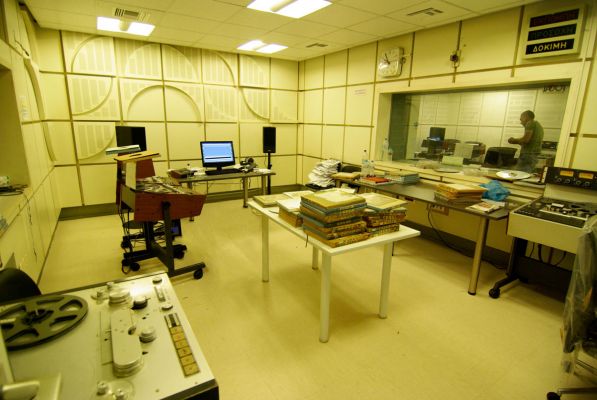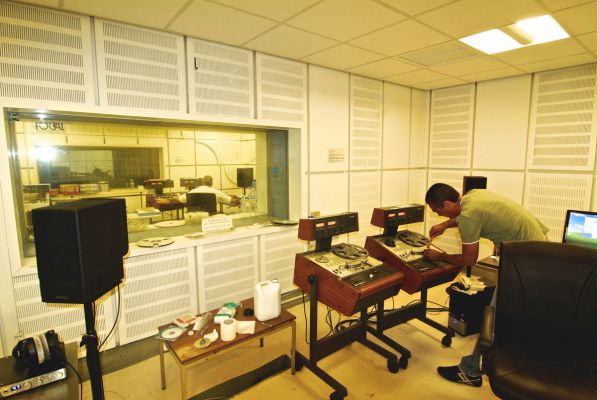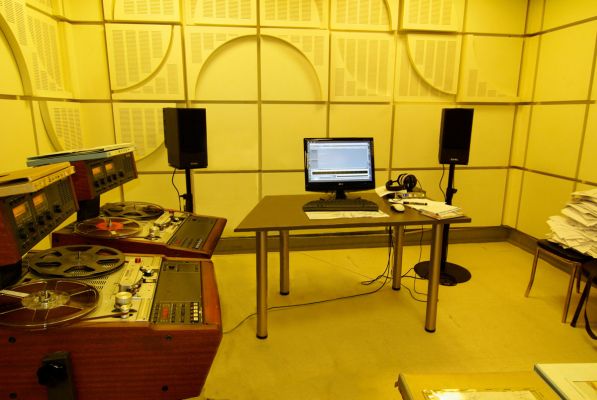DIGITIZATION
A significant part of our cultural heritage consists of sound material recorded on analogue recording media. This material is mainly music, historical and archive recordings, but also includes lectures, speeches, conversations, interviews and sound from motion pictures. Important and fascinating features of our country's cultural history over the last 100 years can be found within this material.
These recordings must be digitized with high standards in order to preserve and utilize them. Therefore, the analogue material can be saved from the damage through the passage of time and continuous use and can be stored safely. The conversion and storage of the digital file within common formats ensures the long-term historical protection of the original recordings.
Whom we are addressing to
We are addressing to anyone interested in salvaging and utilizing archive sound material recorded in any analogue form, to collectors and institutes, having collections and archives containing musical, literary and political archives, as well as television, record labels, folklore collections, etc.
Conditions compelling the immediate digitization of sound material
- Demagnetization of materials: Various radiations, magnetic fields and the magnetic interaction of surfaces cause distortions and loss of the sound information.
· Corruption due to usage: All analogue mediums and specifically tapes have a certain shelf life and any further delay can cause inevitable damage to the files.
- Material impracticality: Due to the large volume of analogue mediums and their variable forms, specific reading devices for each medium are required.
· Lack of analogue equipment: Most analogue playback devices are now out of production, and spare parts for their maintenance and proper operation are becoming scarce.
- Experienced technicians. Technicians with the experience on proper usage and calibration of analogue devices are decreasing.
Basic digitization stages we apply are:
- Examination of the condition of the analogue sound material.
- Preparation of the material and resolution of possible problems.
- a) Special dehydration oven for baking and laboratory thermometer. Baking successfully solves the most important problem that occurs in tapes, the existence of humidity that causes the tape to stick on the reel or the device’s guides.
- b) The basic preliminary procedure for record playback is to clean the record’s surface using a Record washer (cleaner) and selecting the proper chemical method to clean the disc’s surface and grooves from dust or other particles.
- Adjustment of the settings on playback device.
- Analogue sound material playback and A/D conversion to the maximum fidelity of the original material.
- Storage of digitized sound material in the highest resolution.
- Separation of possible parts.
- Entry to a database and assignment of Unique Identifier (UI creation)
- Material archiving by use of metadata (Dublin Core, MPEG-7, other)
- Conversion of digitized material to various lower resolution formats according to usage.
- Storage and management of digitized material on digital storage mediums.
- Copyright protection of sound material
Depending on the storage medium and the condition of the archival material, we adjust the process in order to faithfully convert the original file to digital.
In case the customer wants further processing, we carry out the restoration / noise reduction process.






